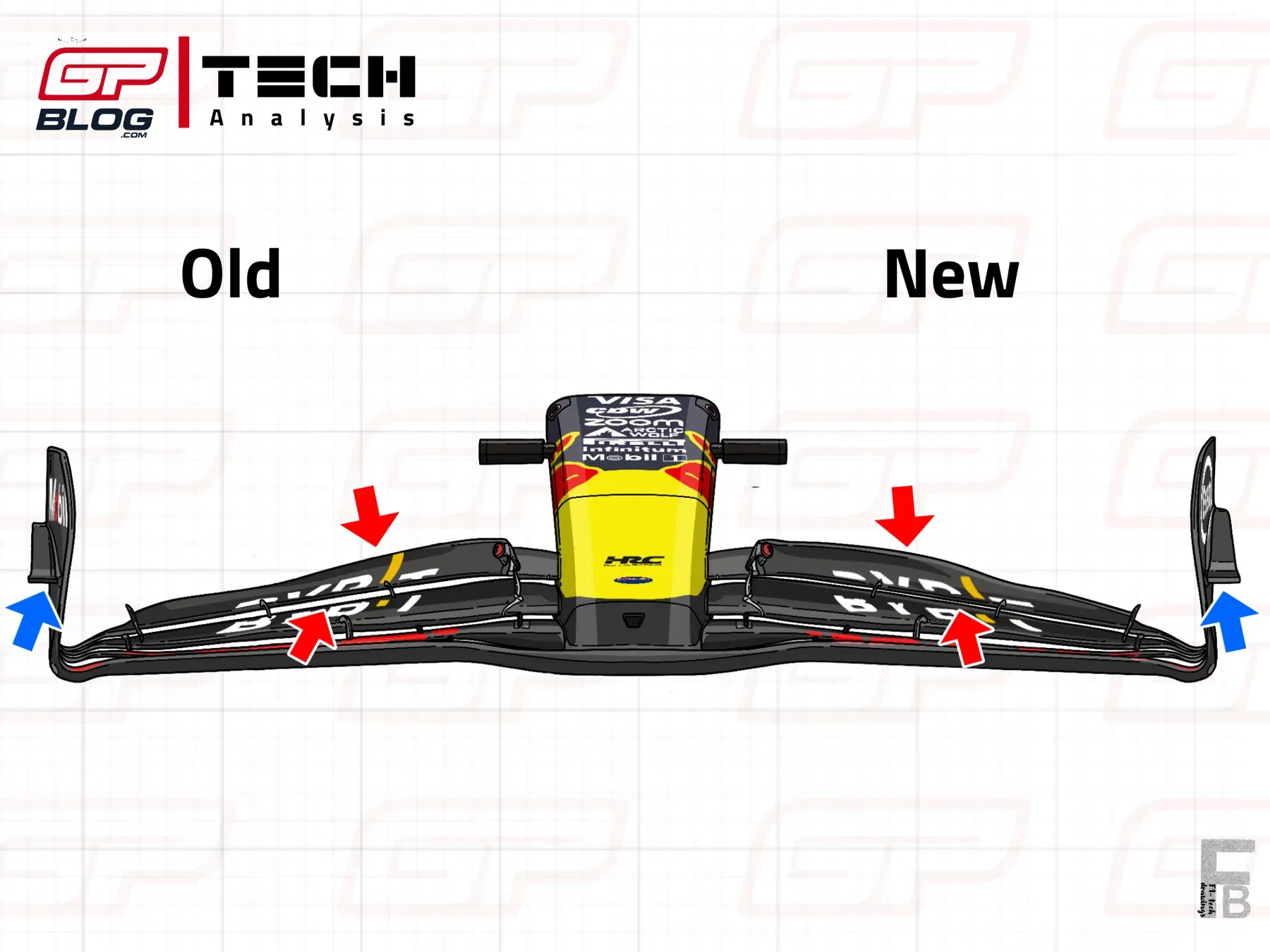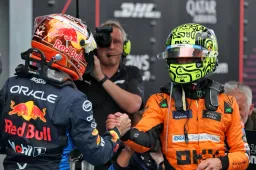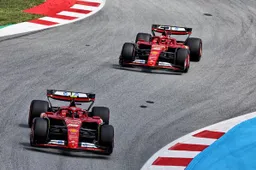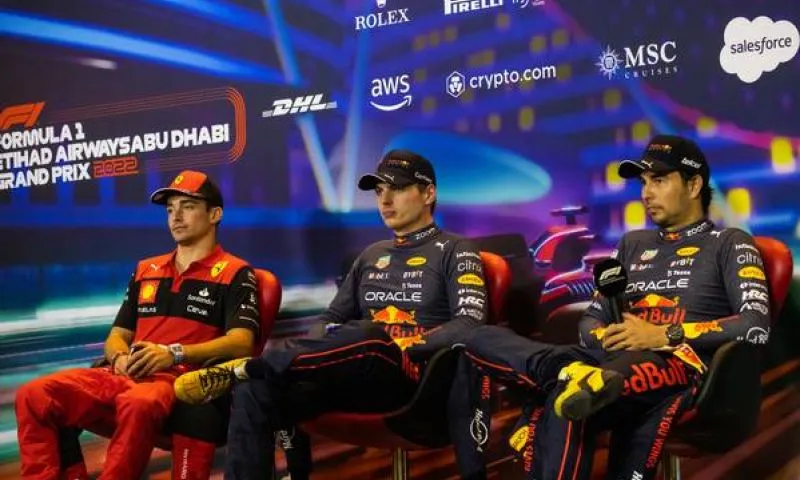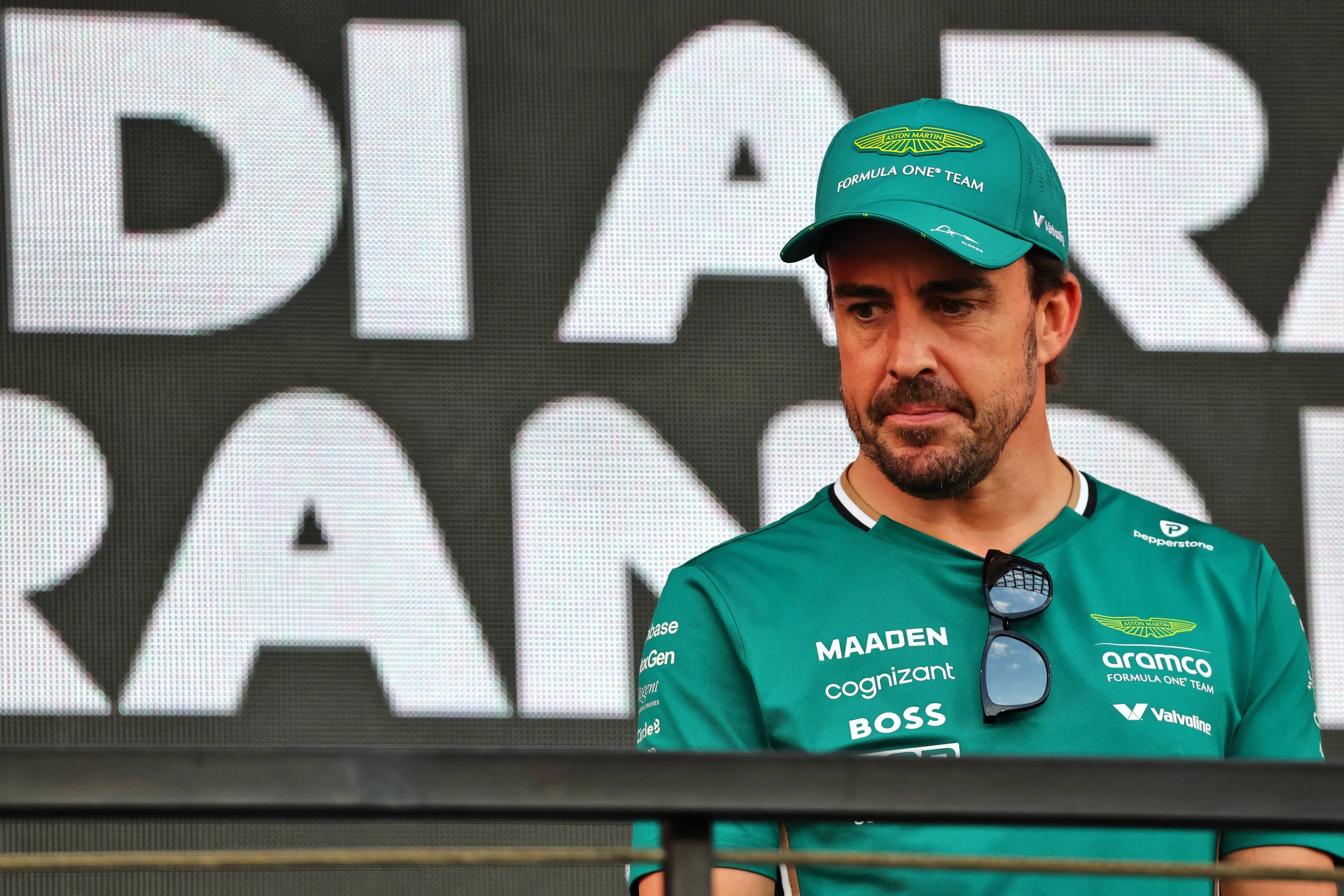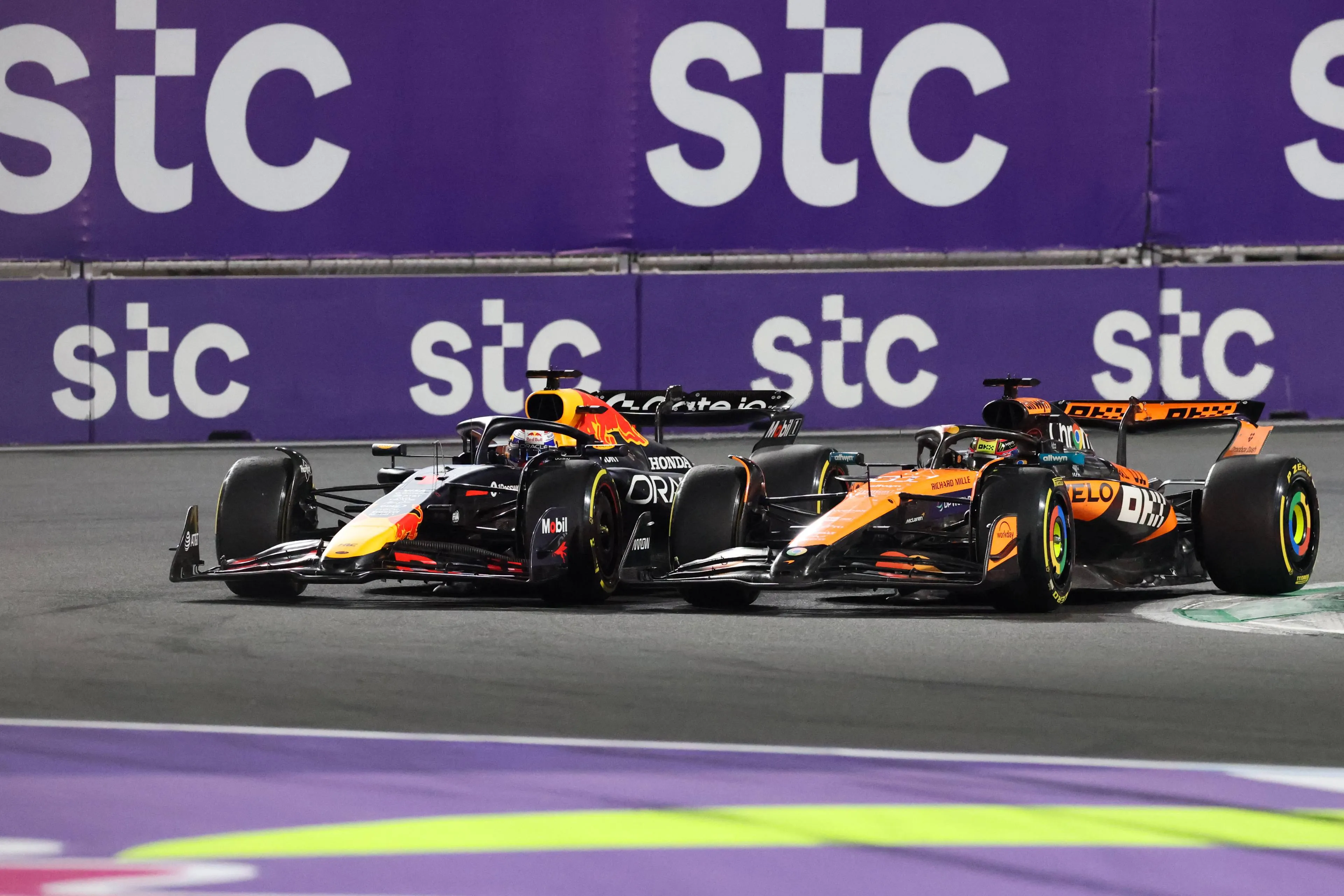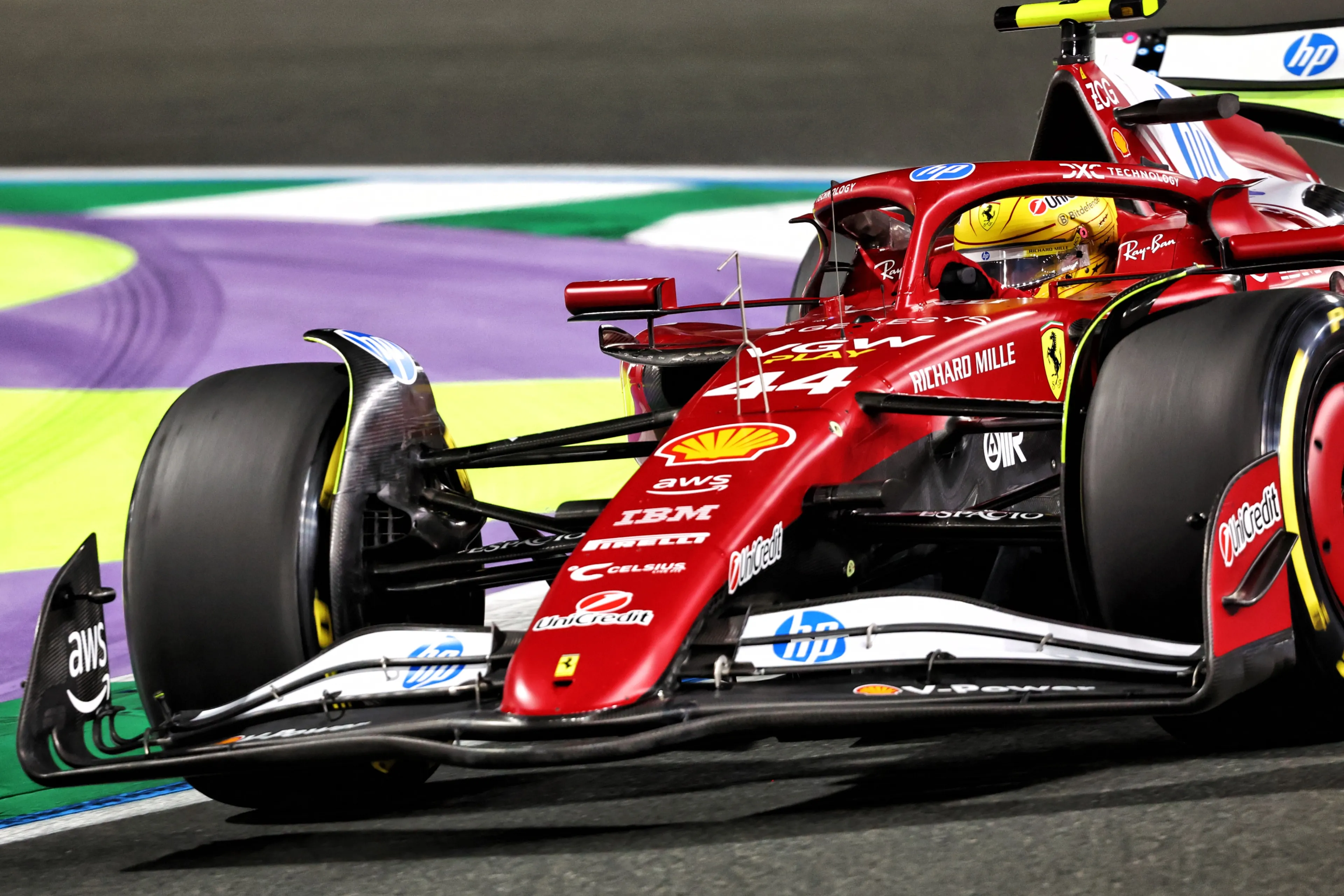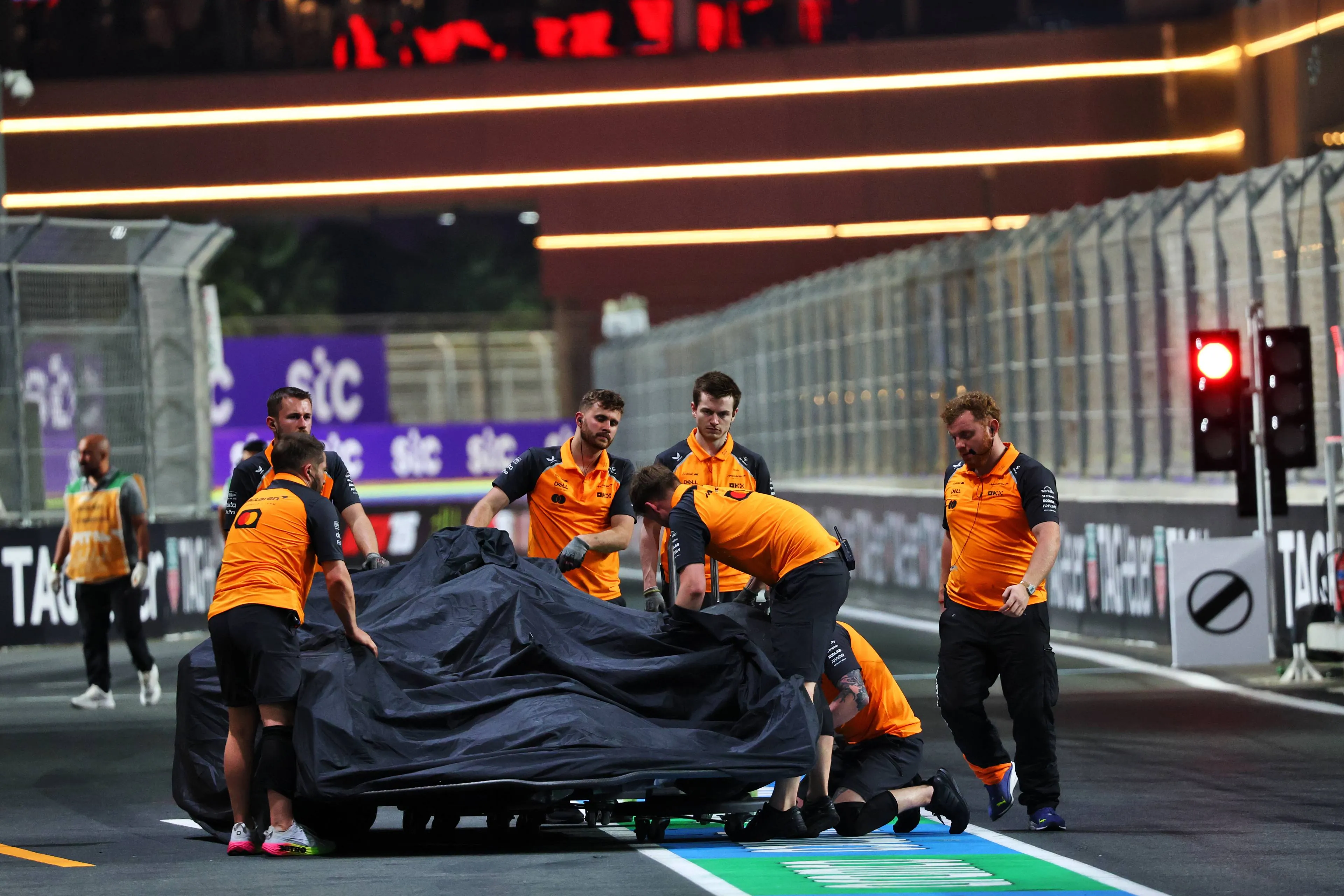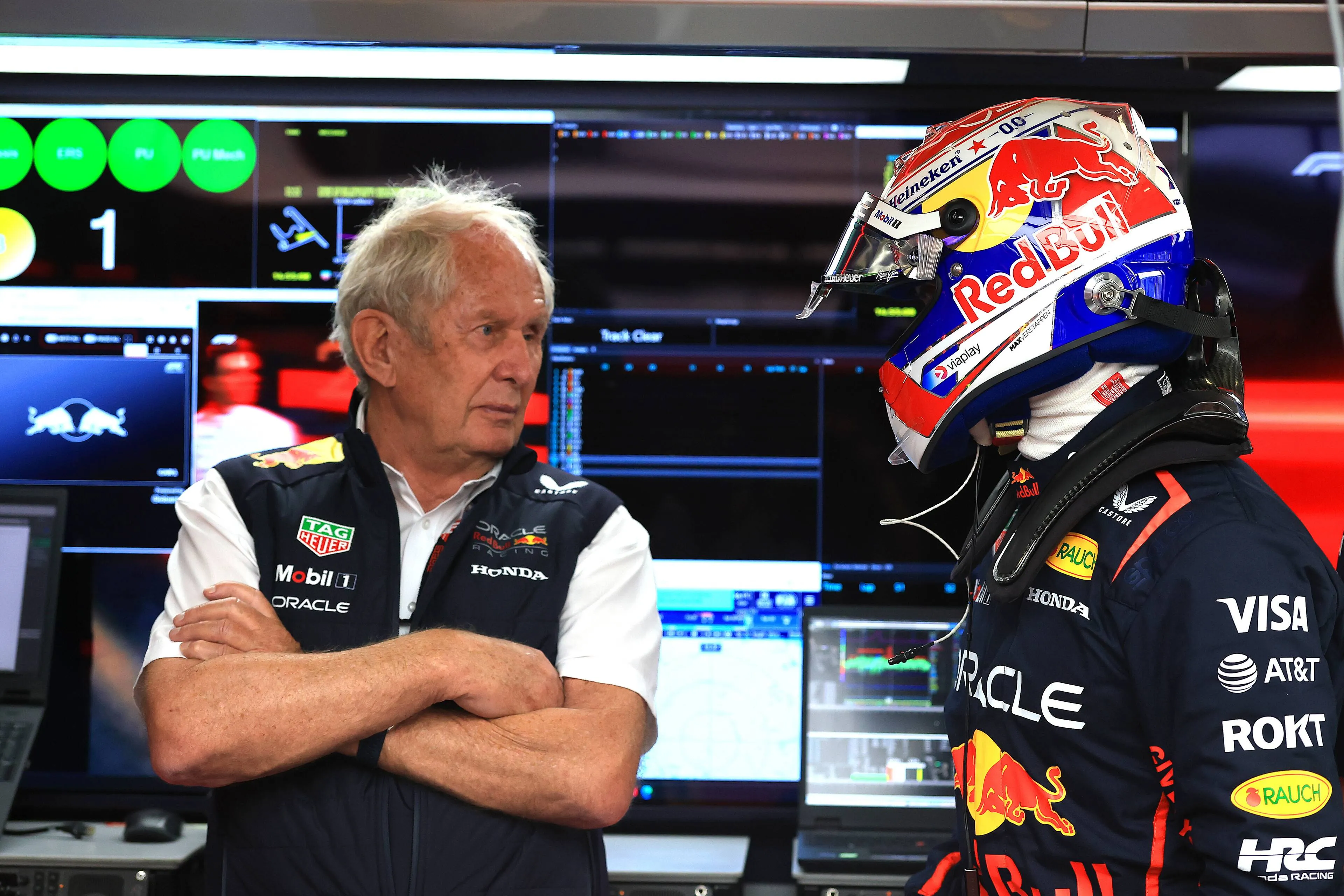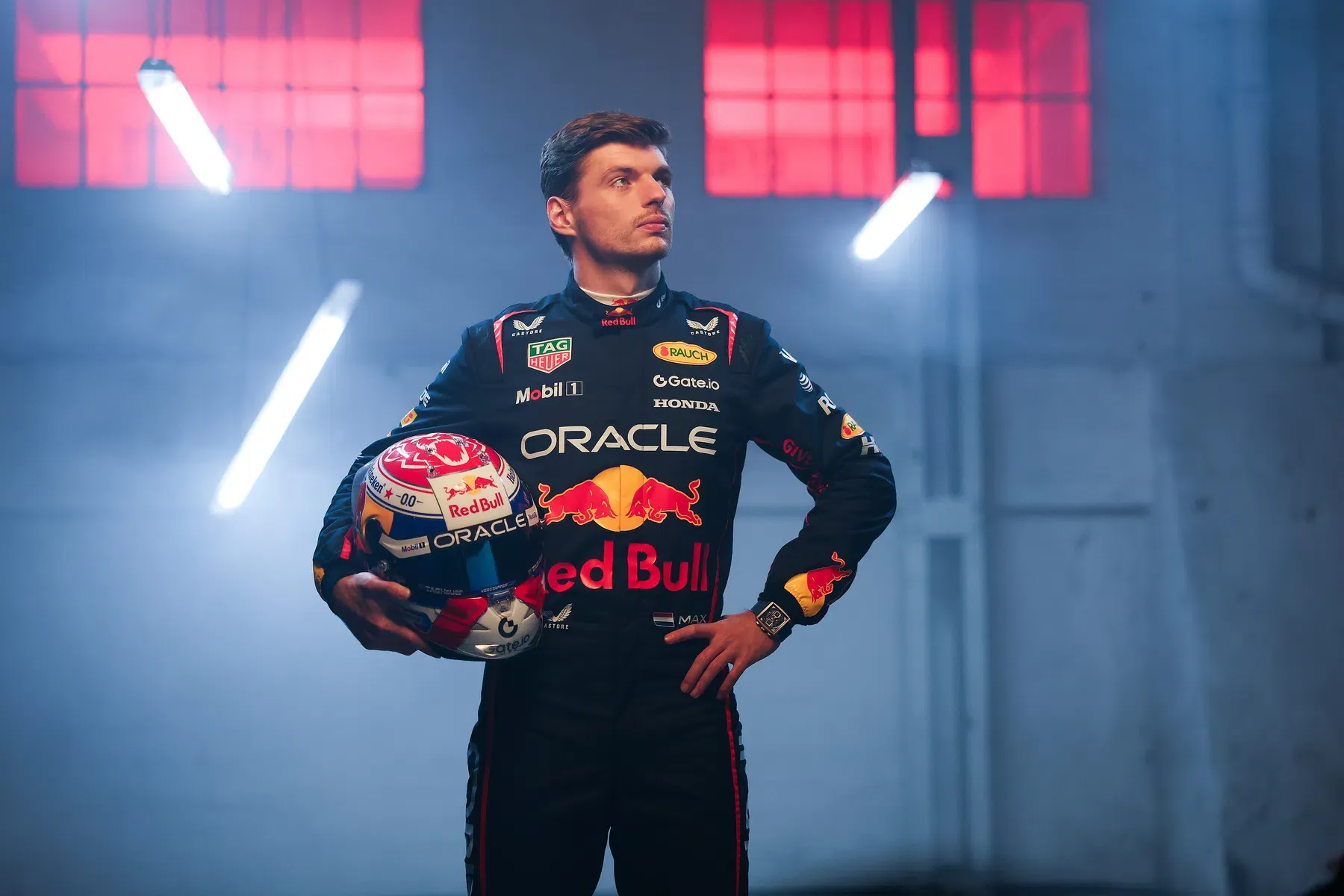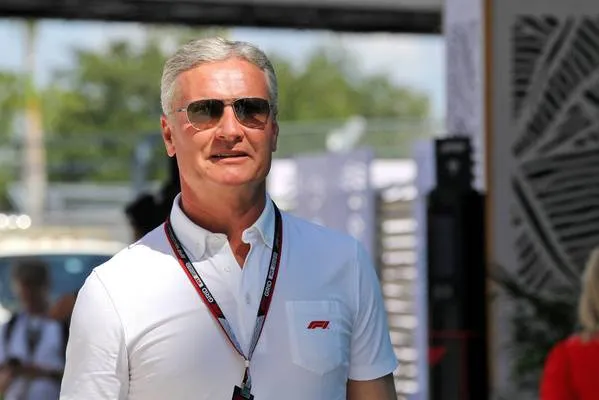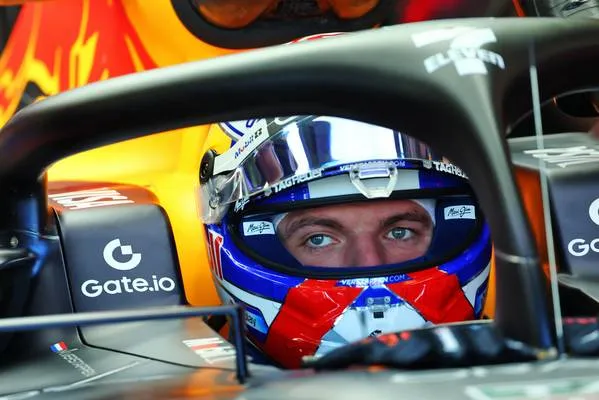The Spanish Grand Prix weekend once again offered us a very tight battle between Max Verstappen and Lando Norris, both in qualifying and in the race. Despite not having the quickest car, the Dutch World Champion was able to conquer his 7th victory of the season, helped by a perfect execution from the team. From a technical point of view, McLaren seem to have the more complete car at the moment, while both Red Bull and Ferrari seem to struggle in making the upgrades work as planned. Let’s try to explain why.
McLaren with the most complete car of the weekend
Starting with McLaren, the team seem to have the quickest car on the grid after Miami, but still lacks a bit of experience at the very top level to beat Red Bull.
As happened in Imola and Miami, the MCL38 behaved beautifully around the Circuit of Barcelona-Catalunya, as it was quick almost everywhere. Thanks to its great ability to generate a lot of downforce from the bodywork and Venturi channels, the MCL38 was on equal level with the RB20 in the high speed corners of the track (turn 9 and turn 14), but way quicker in the second sector, characterized by a series of medium speed and slow speed corners, where having a very strong front end certainly helps.

Despite these good properties, the MCL38 still lacks in a very important area compared to Red Bull: top speed. During the first few laps of the race, in fact, it was possible to appreciate how easily Verstappen was able to stay within 1 second from Russell and eventually pass him as soon as he got DRS. On the other hand, as Norris got behind the British driver, he couldn’t pass him on the straight despite the rear wing open.
This disadvantage is partly justified both by the car’s specific characteristics, as the MCL38 was designed to generate a lot of downforce and behave well in all kinds of corners, and also in the rear wing choice for the weekend: during FP1 the team tried a medium downforce rear wing version (the same spec used last tie out in Canada), before switching to a more conventional maximum downforce rear wing from FP2 onwards, giving up a higher top speed for more stability in the high speed and medium speed corners.
This choice inevitability made overtaking much more difficult, even though it also allowed Norris to manage the tyres and make them last longer and better than any other driver on the grid.
The impression is that the race was decided during the first stint and that McLaren still need to find back the excellence and perfection at the very top level to be able to challenge Red Bull. However, as underlined by team principal Andrea Stella after the race, a very small upgrade could give them a tiny margin over Red Bull, making races easier to win: “If he [Norris]'s upset about a P2 finishing two seconds from Max, then this is really good news for everyone, including Formula 1, because it means that we have races, and it means that with little details, we finally can have some different winners than Max."
Red Bull struggle to make the RB20 work
Coming to Red Bull, the team are clearly facing a very strange period for the first time since the ground effect cars have been introduced in the early 2022, despite winning races.
Since 2022, in fact, the technical team led by Adrian Newey, Pierre Waché and Paul Moneghan were able to deliver specific upgrades that most of the time (expect a small period during summer 2022) produced an improvement in the performance of the car.
In 2024, the team decided to switch to a different concept to improve the performance of their car, as they were convinced that other teams would have certainly caught them if they kept following the same direction.
This new concept, however, seems to have shown some limits that previous cars hadn’t: it is way more difficult to make it work on track. In Barcelona, as happened many times during this season, the baseline set-up (developed at the simulator) tested in FP1 didn’t give the right feeling to both drivers, as both Verstappen and Perez were complaining about a lot of understeer in slow speed and high speed corners.

Moreover, the Milton Keynes team brought many upgrades this weekend, including some major changes to the sidepod, engine cover and floor, which were expected to improve the RB20 efficiency and overall performance.
Starting from the innovations in the sidepod area, it was possible to identify a different design in the undercut area: in the lower part, the sidepod has been further excavated to free up more space under the cooling inlet and increase the flow of air directed towards the rear end of the car. The new solution is characterized by a very bold design, which aims to increase the efficiency of the car itself, reducing the surface exposed to the air flow. Furthermore, the RB20 also featured a different design of the vertical cooling inlet; while previously it had a constant width for its entire height, it is now characterized by a smaller width for about 2/3 of its height (starting from the bottom) and then has a greater width in the upper terminal part.
Moving on to the engine hood, there have been clear changes in the rear exit area of the two bazookas: the rear opening no longer has a straight and linear trend, but is characterized by two "bulges" where the two cannons end, modifying the pressure and the flow of air directed towards the beam wing.
All these changes were aimed at improving the overall efficiency of the RB20, improving its top speed, but also at improving the cooling of the car itself, given the many interventions in this area.
Despite the desire to come back at having a small buffer against their competitors, these new bits didn’t make Red Bull set sail to McLaren. The team, in fact, worked really hard between Friday and Saturday, with Verstappen and Perez experimenting different front and rear wing solutions to come up with a better setup and find a good balance to solve the tedious understeer in the long, medium speed corners.
Eventually, only Verstappen was able to find it and make the car work, even though the whole team were put under big pressure from Norris behind during the latest stages of the race. As Christian Horner underlined after the race: “McLaren looked fast certainly at the end of the stints, which is something that we've seen in the past. They've been at a couple of races now, so their degradation seems to be good, but that's a little bit offset by the strategy and the overlap in the tyre line."
The fact that the RB20 looks weaker than at the beginning of the season is clearly an evidence and the results of the upcoming races will be strongly affected by weather the team will be able to find a good set-up for their car despite the correlation problems and weather the next big upgrade package (scheduled for Silverstone) will improve the car’s performance and solve some of its weaknesses shown up until now.
Ferrari in trouble in the high-speed corners
Coming to Ferrari, the Maranello-based team are in a very similar situation to the Red Bull's one. Although Barcelona was not a track that perfectly suited the SF-24, it was a very difficult weekend for the whole team, as the car lacked pace to their competitors.
Ferrari brought some new parts this weekend too, as they were willing to test them on a very representative track; the main changes concerned the sidepod and floor area and some changes to the diffuser too.
Starting from the sidepods, the lower part of this component has been redesigned: very similarly to what Red Bull did, the undercut under the cooling inlet has been enlarged, reducing the size of the sidepod itself to increase efficiency and the flow of air directed towards the diffuser and the beam wing. Furthermore, the bulge over the SIS tube has also been revised, which now has a much more elongated shape, useful for better pushing the air towards the external floor edge.

These changes were then matched with a new medium-high downforce rear wing, which had an intermediate design between the solution adopted in Imola and that of Monaco, with a very visible mainplane and a very pronounced chord.
The modifications to the floor and diffuser were mainly aimed at adding "efficient downforce" to the car, increasing the level of downforce produced by the Venturi channels at high speeds, while the changes to the sidepods and rear wing were mainly aimed at improving the efficiency of the car, reducing drag and allowing it to reach top speeds closer to those of the Red Bull.
However, the SF-24 massively suffered the layout of this circuit, as underlined by Carlos Sainz after the race: “For me, it's the high-speed nature of the track on the long combined corners, we seem to be always struggling when it's long corners like China, here or Suzuka. You know the long combined ones, when you spend a lot of time cornering, plus the high-speed corners - that's where we were weak last year, where we are still on the weak side this year, not as weak as last year, but still weaker. So, it still remains our priority for development.”
His words underline that the car prefers medium-speed corners, while seeming to struggle more in the slow speed and very high speed (during qualifying, in fact, both Ferraris were losing a lot of ground to Red Bull and McLaren in the very fast Turns 9 and 14). The idea is that the mechanical system of the car is not well optimised: it is very difficult for the SF-24 to warm up the tyres enough during qualifying when the temperatures are quite cold, making it difficult for the drivers to start at very high spots. Moreover, the softer suspension system adopted makes it difficult for the engineers to stabilize the aero-mechanical platform on this kind of circuit, where a very stiff and low car is needed. This factor inevitably affects the performance of the car in very fast corners, as porpoising appears and makes the car way less stable.
For Ferrari’s engineers it won’t be an easy problem to solve: on the one hand, their goal is to add Venturi channels’ generated downforce on the car, but at the same time they can’t stiff the SF-24 too much (and so take advantage of the high load generated), otherwise the car starts bouncing.
For sure Austria will be a better track for them, as it’s mainly characterized by a series of slow speed and medium speed corners, where the SF-24 can behave really well. A crucial role will be played by the temperatures too, as a very cold weekend (with some possible rain) wouldn’t be ideal for the Maranello team, as the SF-24 will struggle even more in waking up the tyres during qualifying.
Another great race from Mercedes
Last but not least, briefly mentioning Mercedes is a must. The team seem to have made quite a big step forward in the last few races, but we have to evaluate how much the “track effect” had an influence on the performance.
Certainly Canada was a big step compared to Imola and Monte Carlo, as well as Barcelona, but it’s important to underline that both in 2022 and in 2023, Mercedes performed really well at this circuit, before returning to a mediocre performance level on less-favorable tracks.

The steps forward look promising, as the W15 seems much more well balanced with the new front wing and delivered good performances on two very different track layouts, but it’ll be crucial to evaluate the progress on a variety of layouts and especially atmospheric conditions, which used to play a big role in last years’ Mercedes performances.
In conclusion, a very tight battle among 4 different teams seems to be emerging this season, making it extremely fun to watch and interesting to comment, hoping that also the upcoming races will provide great show on track and also exciting technical twists.
Read more about:
Popular on GPBlog

1
How Christian Horner scored a significant victory over Toto Wolff
893 times read
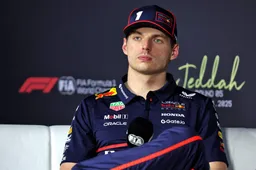
2
Why is the most logical option for Verstappen in '26 never mentioned?
760 times read

3
This F1 driver left the biggest impression on Marko in 2025 so far: 'His approach is good!'
456 times read

4
The 2026 engine regulations are being overhauled: Here's what changes
433 times read
